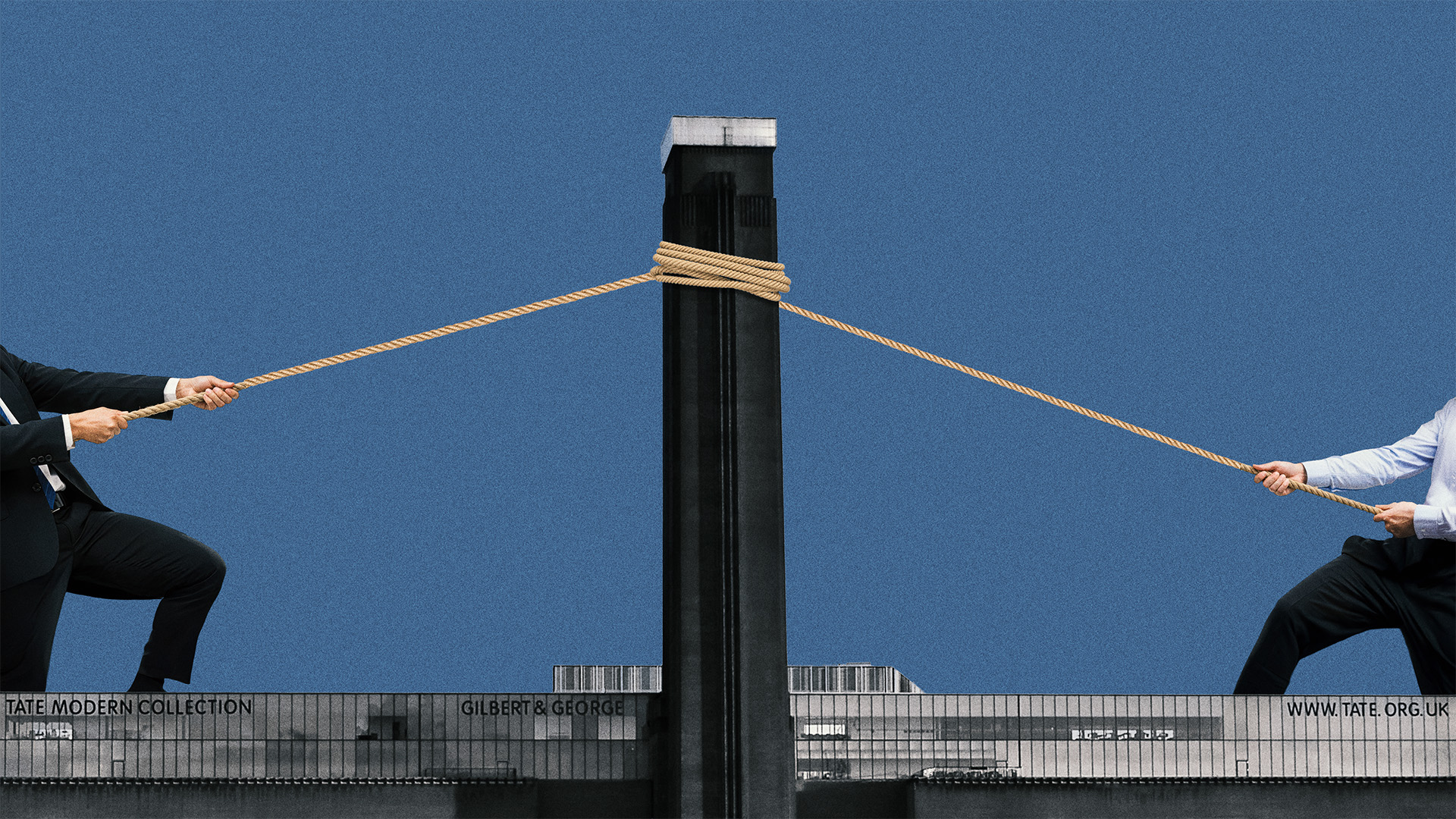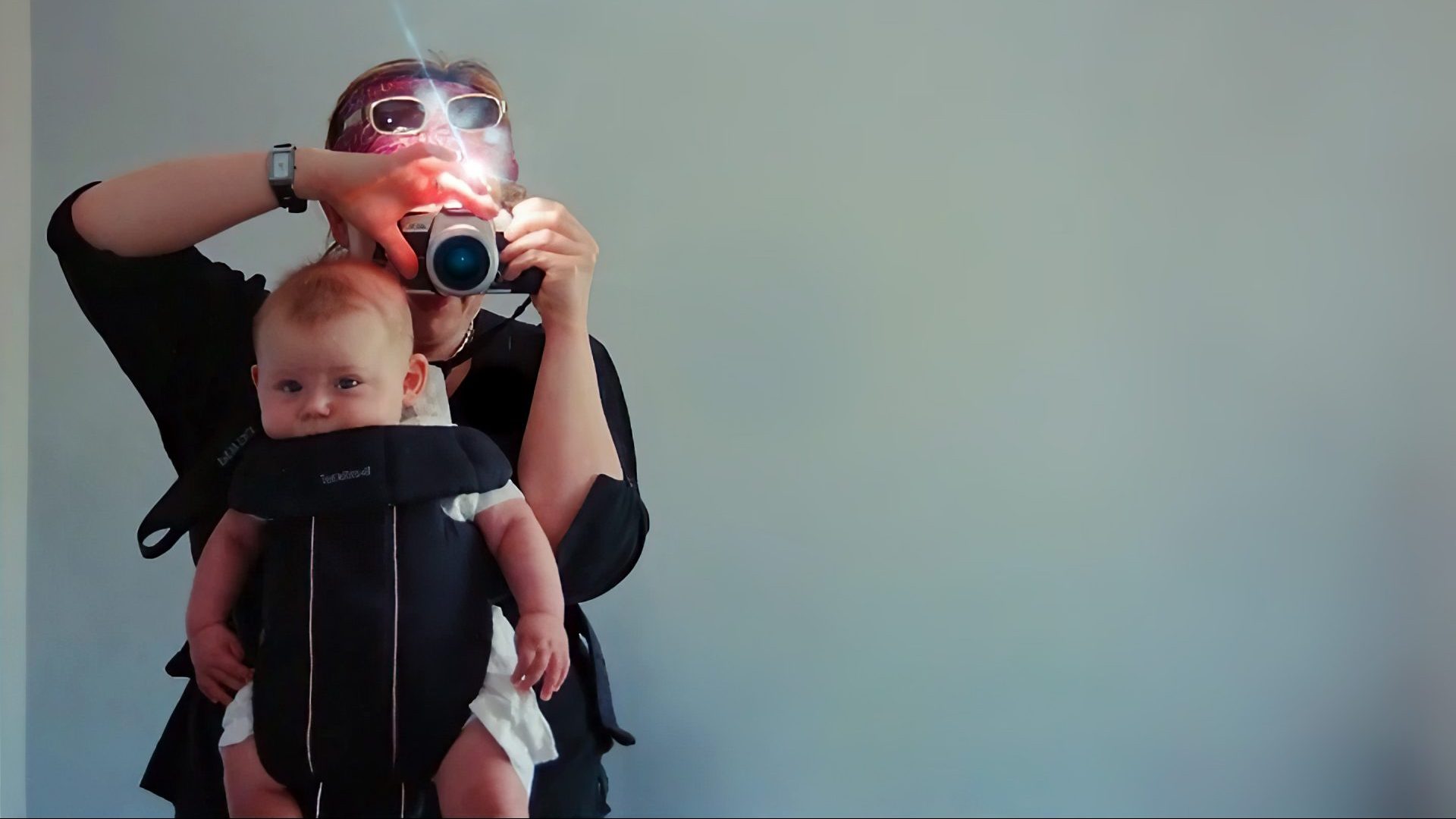The state of the Tate is a topic that gets flogged as relentlessly as any of the other dead horses piling up in the knackers’ yard of the right wing press – immigrants, foreigners, multiculturalism, scroungers, wokery, and the EU. For subscribers to this familiar list of hate, the museum group – comprising Tate Britain, Tate Modern, Tate Liverpool and Tate St Ives – is emblematic; its supposed pandering to the sensitivities of the metropolitan elite not only symptomatic of the general malaise, but a portent of the civilisational collapse still to come.
It’s inevitable, then that Tate’s struggling finances and drop in visitor figures have been seized upon as proof that the right-thinking majority have voted with their feet. Sick of “decolonisation, deconstruction, and lots of woke little plaques”, as Ella Whelan put it in The Telegraph last week, they’re staying away.
Meanwhile, Tate director Maria Balshaw has drawn on actual research that inconveniently, but also clearly shows that it is “snowflake” Gen Zs from Europe and beyond who most damagingly staying away. On which evidence she has done the ungentlemanly thing and concluded that Britain has become less accessible and attractive following Brexit.
There’s no doubt that Tate has had a rocky few years, marked out by the perplexing decision in 2020 to delay a retrospective of American painter Philip Guston due to anxieties about the artist’s references to the KKK. Though a postponement not an outright cancellation, and one triggered by an American partner institution not the Tate itself, the episode crystallised the feeling that Tate is terrified of the stuff it is meant to champion. This was summed up by curator Mark Godfrey who described the postponement as “extremely patronising to viewers, who are assumed not to be able to appreciate the nuance and politics of Guston’s works”.
Following a series of self-flagellating exhibitions in the 2010s, criticised for presenting art as the distasteful instrument of colonialism and other by-products of white male hegemony, an unpopular rehang of Tate Britain in 2023 reinforced the perception that Tate, especially Tate Britain, was running scared of its own collection.
But while commentators from the quasi-rational (Jonathan Jones) to the rabid (Tim Stanley) are agreed on the shortcomings of Tate policy and programming, the visitor figures spell out a different story, according to the museum group, which last week shared its own visitor data and research with The Art Newspaper. The figures “speak for themselves”, according to Maria Balshaw: “Tate Modern alone welcomed 609,000 visitors from Europe, between ages 16 to 24, in 2019-20 but then 357,000 in 2023-24. And if you think about that age of person: they are profoundly affected by the combination of Brexit changing their educational and work opportunities and then Covid profoundly affecting the end of their studies and the way they choose to live their lives. They are, in general, also travelling less.”
Healthy attendance levels among young UK nationals bears out the Tate view that the problem lies not in a failure to appeal to 16- to 24-year-olds, but by broader factors resulting in the drop in young visitors to this country. This view is supported by research by the Migration Observatory at the University of Oxford, which shows net EU migration to the UK dropping by almost 70% compared with 2016.
It’s a statistical trend that The Art Newspaper, a meticulous journal of record, has dug into in scrupulous detail; but never mind that – according to Ella Whelan, Balshaw’s assessment is no more than the “Remaniac whining that is so typical in arts circles”. By daring to suggest that Brexit might be a factor, Balshaw has confirmed herself as a fifth columnist, guilty, presumably, of not “believing” in Britain, just one of the absurd pieces of magical thinking accepted into mainstream discourse post Brexit.
Suggested Reading


Rotterdam’s moving museum of migration
It’s not surprising that Balshaw gets so viciously put down for her comments, which draw on data that is terrifying for anyone still clinging to a vision of sunlit uplands. At the heart of Tate’s data, which is backed up by figures and analysis from the Office of National Statistics, the UK tourism board, other museums and galleries and cultural bodies, among others, is the exposure of yet another false Brexit promise, that by cutting ties with the EU, our relationships with the rest of the world would be enriched. Instead, the drop in visitor numbers from the EU echoes slumping numbers from north-east Asia, North America, Australia and Saudi Arabia.
But back to Tate: the key point, says a spokesperson, “is that the cited 27% drop in visitors comes from a comparison between 2024’s visitor figures and 2019’s, however 2019 was a record year for Tate in which 700,000 more people visited than the year before.” Does this make the whole thing a storm in a teacup?
Not exactly: it’s true that in the past decade or so, Tate has made itself an easy target for the anti-woke brigade. There have been silly trigger warnings, and some regrettable exhibitions, notably Fighting History in 2015, which was more about distancing the institution from the embarrassing political baggage of colonial history, than exploring the imagery of conflict. The Turner Prize is a running sore, that hectors audiences and polices its messaging, playing havoc with the notion of art as the arena of unfettered imagination.
But let’s not panic: an art gallery, especially one that deals with contemporary art, must respond and reflect current ideas and attitudes – just imagine the mausoleum it would become if it were unmoved by the outside world. Tate’s overcorrections only mirror the adaptations being made by society as it accommodates rapidly changing views on identity and social justice, in an age of pandemic, climate crisis, geo-political upheaval, and artificial intelligence. And Tate Modern continues to be the most visited museum of modern art in the world.
Even at Tate Britain, it’s more plus ça change than hell in a handcart: a touchstone of current outrage is the removal from display of Stanley Spencer’s The Resurrection at Cookham, 1924-7. This is a great shame, albeit a reversion to the norm. Before the revival in interest in British modernism that saw Spencer and his peers rehabilitated around the millennium, Spencer was regarded as a bit of an embarrassment and his paintings, which had to go somewhere, occupied a staircase leading to the Tate Gallery’s lavatories.
And with the current Edward Burra /Ithell Colquhoun double bill, and future shows on Picasso, Tracey Emin, Turner and Constable, the right’s claims that woke has killed the Tate look like wishful thinking.




